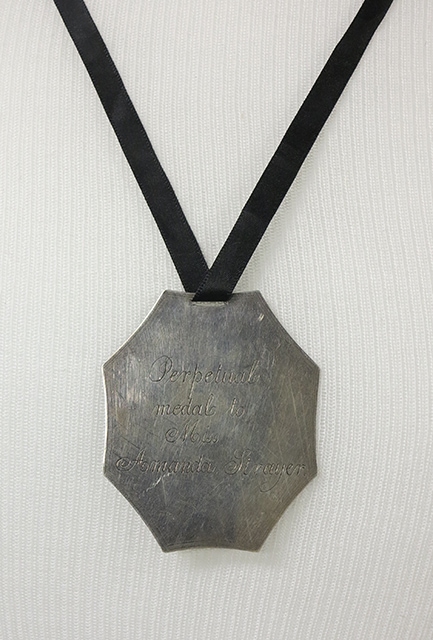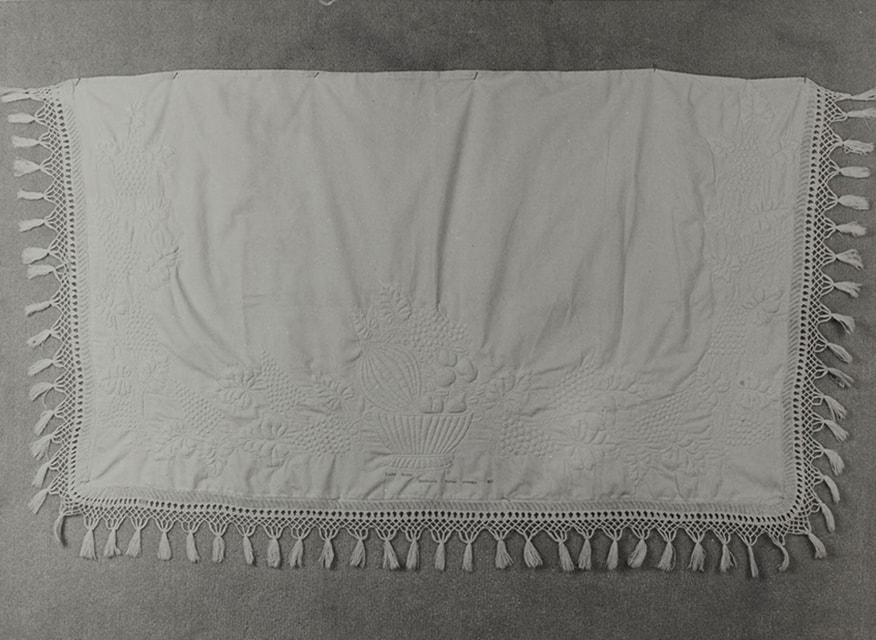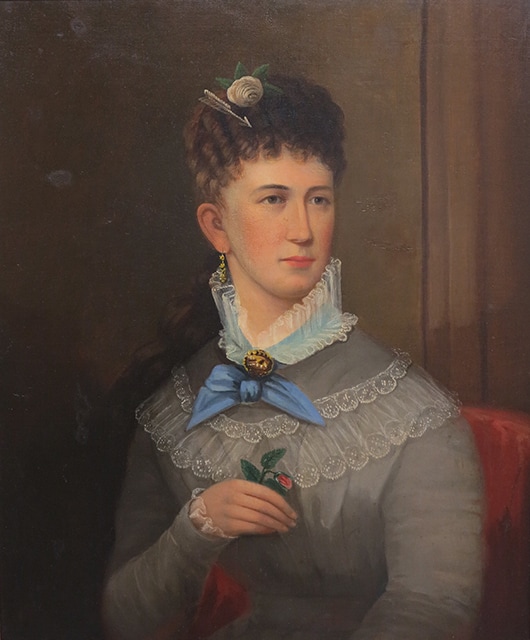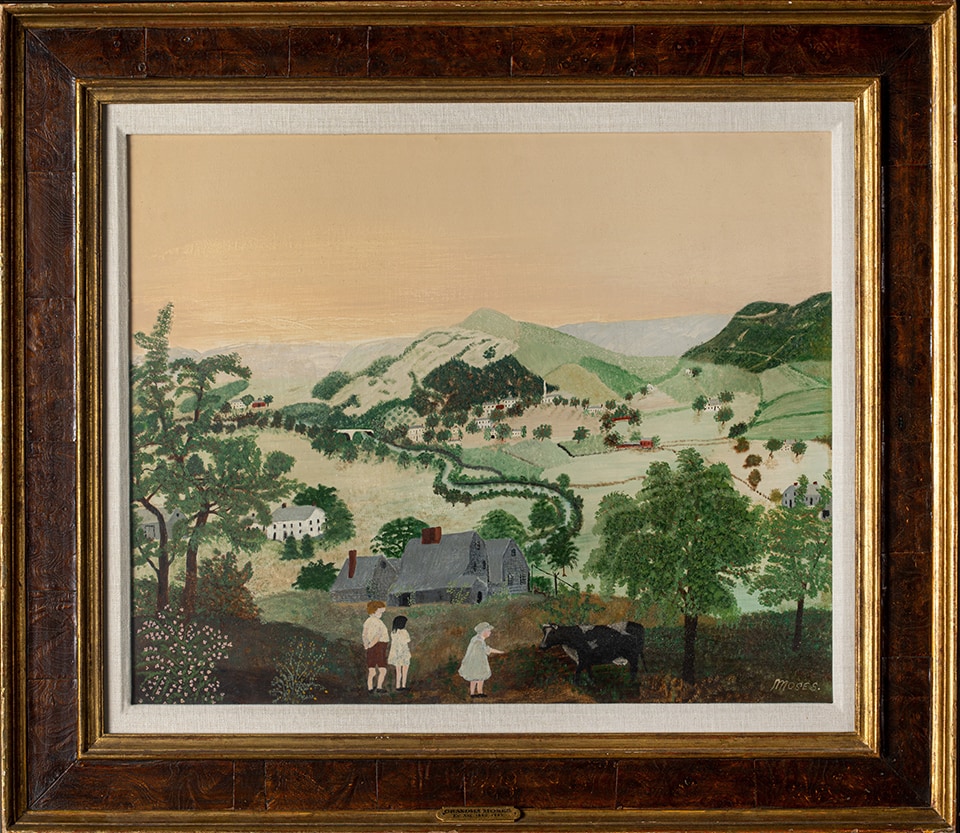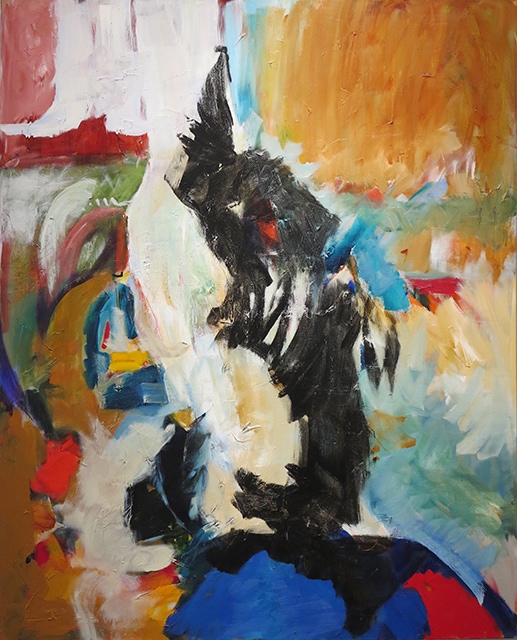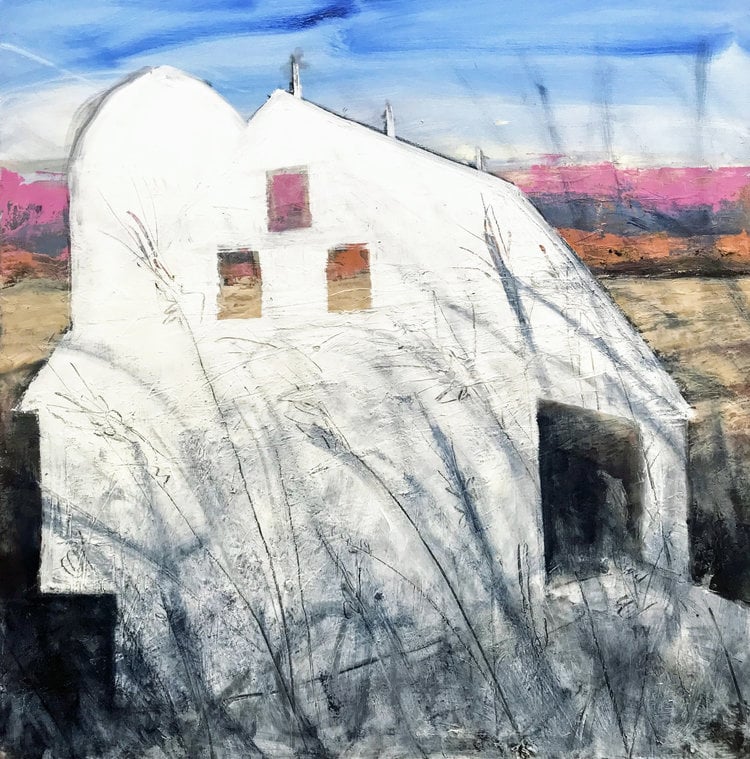Women are stepping into the spotlight at American museums like never before.
By Curator of Collections Nick Powers
Women are stepping into the spotlight at American museums like never before. Last November, Christopher Bedford—the Executive Director of the Baltimore Museum of Art (BMA)—announced that in 2020 the Maryland institution would only acquire artworks by women. While some in the art world have criticized the decision as tokenism, it continues a conversation that has been building in recent years on the gender imbalance in museum collections.
Recently, the MSV has been making its own strides in better telling “her story” through the museum’s collection. From late 2018 through 2019, the MSV has acquired more objects made by, for, and/or depicting women than in the past several years combined. This is part of a wider effort to more accurately reflect the diversity of people that have and continue to call the Shenandoah Valley home.
Each March marks Women’s History Month. But it is all the more special this year because 2020 coincides with the 100th anniversary of the ratification of the 19th Amendment, which cemented women’s right to vote in the U.S. Constitution. To celebrate women’s contributions to the history, art, and material culture of the Shenandoah Valley, highlighted here are seven recent additions to the MSV Collection (in the order of their creation). Several are currently on view in the exhibition Vital Force.
Rewards of merit were frequent gifts to schoolchildren who excelled in a particular subject or lesson. They ranged from take-home notes that children could exchange with their parents for a present or treat, to more substantial prizes like silver medals. Young Amanda Strayer was the recipient of this example for her proficiency in “Writing”. She probably earned it during her time as a student at the New Market Female Seminary in the late 1810s or early 1820s. Situated very close to the Shenandoah-Rockingham County border, the school attracted students from both areas.
Sixteen-year old Rachel Danner of Middletown made this whitework bureau cover as part of her toilette. In the 1700s and early 1800s, the morning toilette referred to the ritual action of preparing oneself for the day (what we would today call self-grooming). The word could also be used as a noun, referring to the objects used in daily self-care like hair combs, hand or tabletop mirrors, etc.
As the name implies, decorative covers like Danner’s sat on top of furniture forms commonly found in private spaces like bureaus (chests with four drawers) and dressing tables. Danner decorated her bureau cover with a fruit basket and undulating grape vines using a stuffed work quilting technique called “trapunto.” But she left the rear of the cover un-decorated to accommodate a dressing glass (or mirror).
Julia E. Baker is depicted here by her father—Frederick County artist “Lame Henry” Baker—a year or two before her 1875 marriage to Edward James Jifkins. In addition to being a striking likeness of the sitter, Julia’s portrait is an excellent resource for understanding women’s fashion of the late 1800s.
Style guides and fashion plates of the 1870s emphasized a slim silhouette, evidenced by Julia’s tapered bodice and tight-fitting sleeves accentuated by white lace. Jewelry completes the ensemble, including an arrow-shaped hair pin that descended with the portrait and is now also part of the MSV Collection.
From humble beginnings, Anna Mary Robertson “Grandma” Moses rose to become one of America’s most celebrated twentieth century painters. Born into an upstate New York farm family, she married Thomas Salmon Moses in 1887. Shortly thereafter, the couple left New York in search of inexpensive southern farmland. They planned to settle in North Carolina, but never made it further than Staunton, Virginia. The Moses’s fell in love with the Valley’s land and people.
In 1905 the couple moved back to New York at Thomas’s urging. A largely self-taught artist, Anna began painting following her husband’s death in 1927. Eleven years later, when Moses was in her late 70s, a New York city collector discovered her work and Moses skyrocketed to fame.
The Shenandoah Valley remained one of Moses’s favorite subjects until her death at the age of 101. She might have intended for the two peaks in the background of Down in Shenandoah to resemble the mountains Bessy Bell and Mary Gray. Probably named by early Scots-Irish settlers after ill-fated characters in a Scottish ballad, the mountains are on the edge of Staunton city limits today but would have been part of Augusta County during Moses’s time living in the region.
Born in Mississippi, Rachel “Ren” Crawford has been a part of the Shenandoah Valley art scene since the 1970s. She began painting abstractly in the 1950s, relying on pure color, line, and movement for her compositions. Crawford frequently works on her paintings over the course of several years, allowing the painting to “evolve.” When asked what has inspired her to continue painting over so many years, Crawford replies that “I paint because I can’t express the inexpressible any other way.”
Woodstock artist Sally Veach’s Harvest Ghost is a lament on the disappearance of barns from the Shenandoah Valley landscape and the lost cultural history that fades with them. Due to technological advances in storing the hay and grain used to feed livestock, the artist argues, traditional barns are no longer essential fixtures on many Valley farms. Left with no practical purpose, barns subsequently become financial burdens and, without care, eventually return to the earth.
Harvest Ghost is part of a larger series that traces Veach’s emotional state—ranging from frustration to acceptance—as she confronts the impact of modern living on rural environs. While Harvest Ghost now has a permanent home in the MSV Collection, nineteen other paintings from this body of work are currently on view at the MSV only through June 21, 2020 in the exhibition Ghosts of a Forgotten Landscape: Paintings by Sally Veach.
